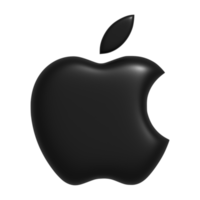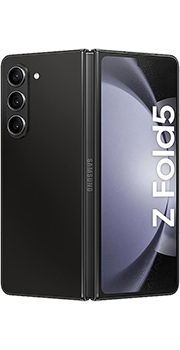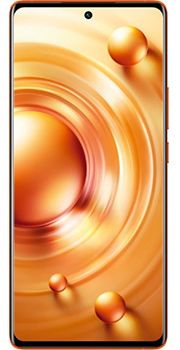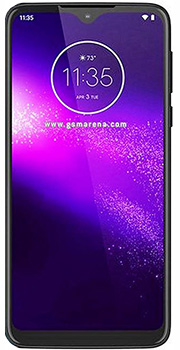Mobile Phone Tracker
Mobile phone tracking is a method used for identifying the location of a mobile phone, whether it is stationary or moving. Localization is needed for tracking a mobile phone device and it can be affected by number of technological itterations such as, multilateration of radio signals between several cell towers of the network and the phone or by simply using Geo nav. To locate a mobile phone using multilateration of radio signals, the phone must emits at least the idle signal to make a contact with the nearby antenna towers and does not require an active call. The global system for mobile communications (GSM) is based on the phone's signal strenght to nearby antenna towers.
The location of a mobile phone can be determined in a number of ways.
Network-Based:
The location of a mobile phone can be determined using the service provider's network infrastructure. That is SIM card or any other cellular connections.
Handset-Based:
The location of a mobile phone can be determined using client software installed on the handset.This technique determines the location of the handset by putting its location by cell identification, signal strengths of the home and neighboring cells, which is continuously sent to the carrier.
SIM-Based:
Using the SIM (Subscriber Identity Module) in GSM and Universal Mobile Telecommunications System (UMTS) handsets, it is possible to obtain raw radio measurements from the handset. Available measurements include the serving Cell ID, round-trip time, and signal strength.
Wi-Fi:
Wi-Fi data can also be used to identify a handset's location. The poor performance of the GPS-based methods in indoor environment and the increasing popularity of Wi-Fi have encouraged companies to design new and feasible methods to carry out Wi-Fi-based indoor positioning.
Hybird Positioning Systems:
Hybrid positioning systems use a combination of network-based and handset-based technologies for location determination. Such systems include Google Maps, as well as, LTE's OTDOA and E-Cell ID.











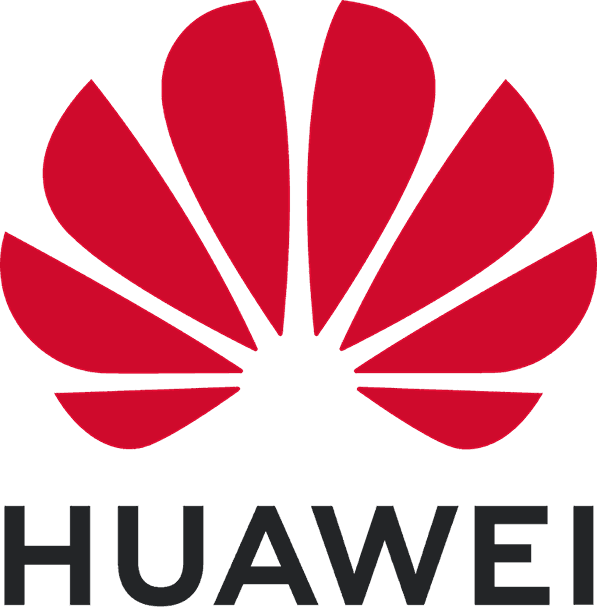



.svg_2_11zon_2_11zon.png)

